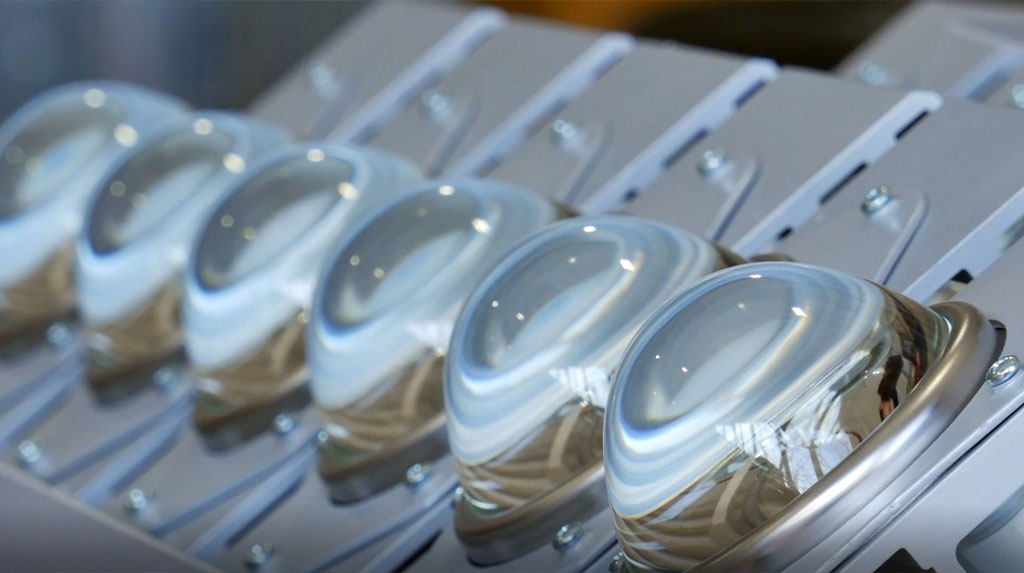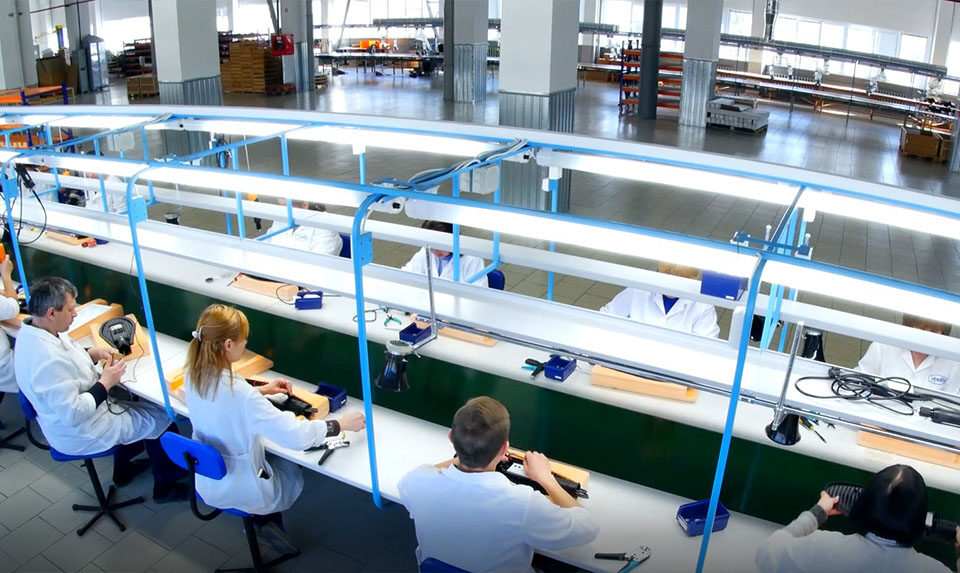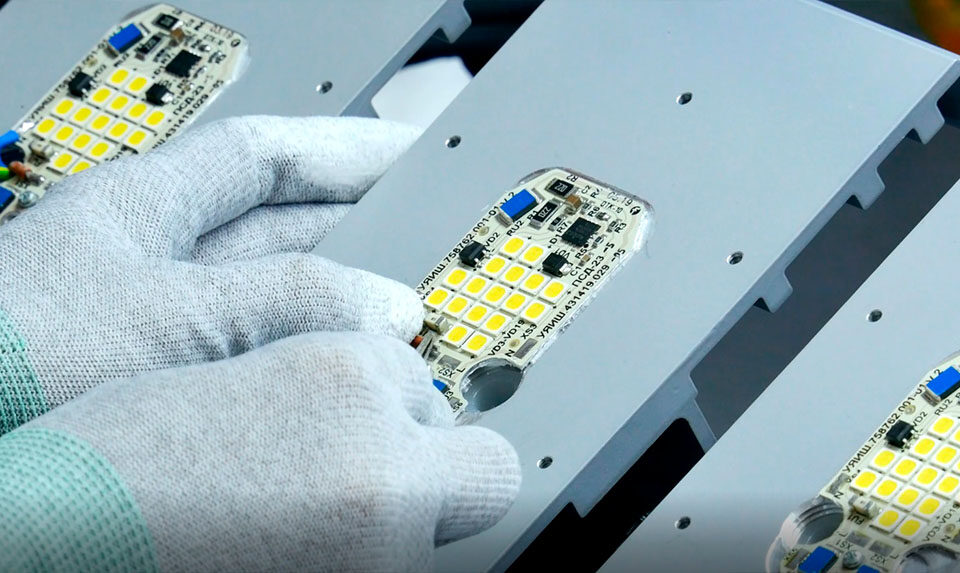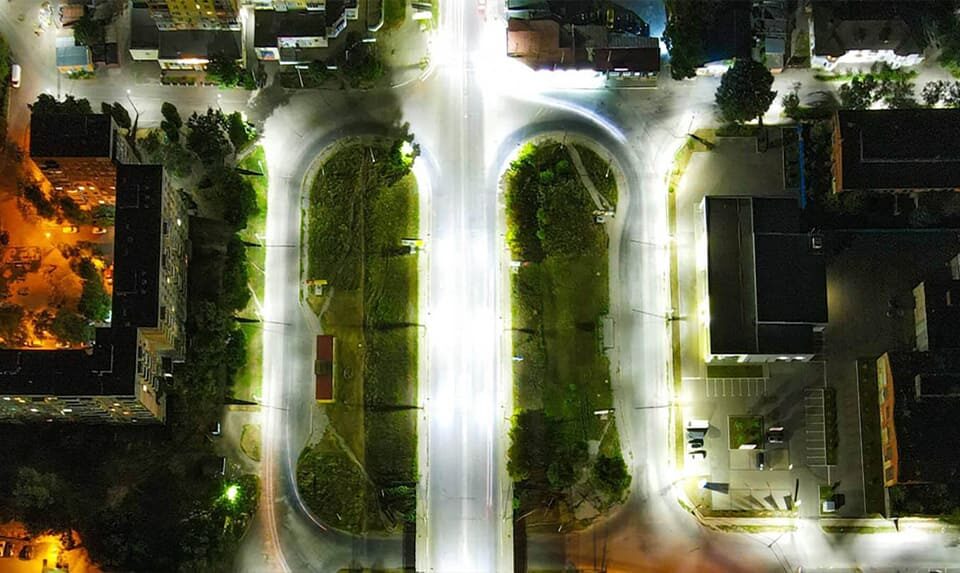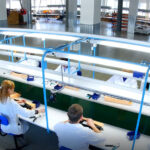
Why Industrial Enterprises Are Switching to LED Lighting
25.09.2025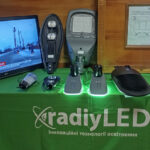
RadiyLED and the All-Ukrainian Association of Amalgamated Territorial Communities: Innovation Lighting for Every Community
10.10.2025LED luminaires have become firmly established in everyday applications, replacing incandescent and fluorescent alternatives. They provide significant energy savings, ensure a much longer service life, and deliver reliable performance for street LED lighting, as well as for industrial and agro-industrial environments. At the same time, a number of myths and misconceptions are around LED technology, often discouraging users from adopting it. To determine whether LED luminaires are harmful or, conversely, safe and efficient, let us review the most common assertions and verify which are facts and which are misconceptions.
Myth 1: Luminaires with higher power consumption mean higher brightness
Fact: The brightness of a LED luminaire (luminous flux) directly depends on two factors: power consumption and luminous efficiency (measured in lumens [lm] per 1 watt of power). The latter factor is determined by the LEDs quality and the driver, as well as by a professional approach to luminaire design. Therefore, the brightness of LED luminaires with the same power rating can differ significantly. For example, a large share of “mass-market” luminaires has a luminous efficiency of 100–110 lm/W, whereas luminaires from well-known manufacturers such as RadiyLED achieve 145–165 lm/W.
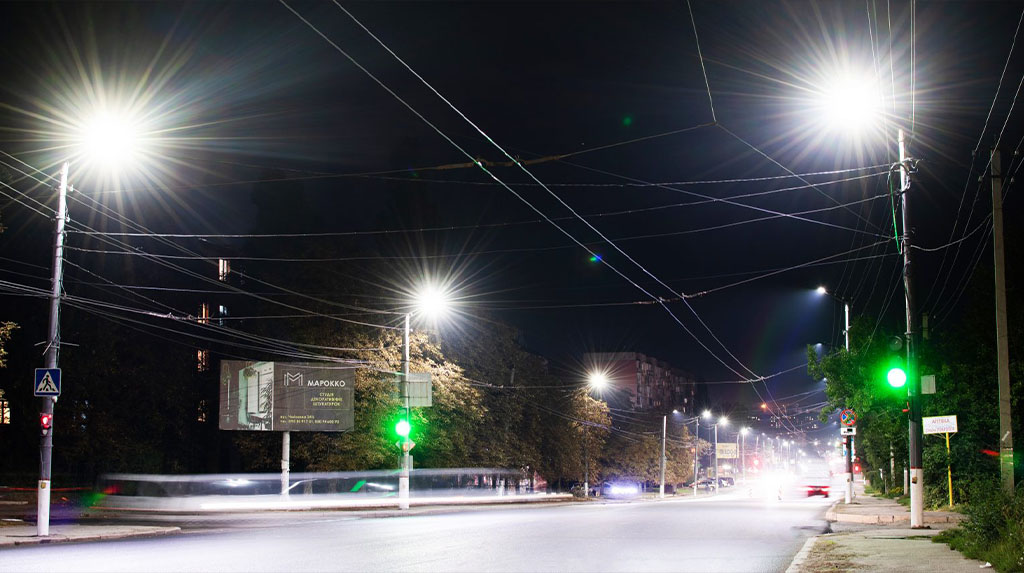
Myth 2: LED luminaires are very expensive and not affordable
Fact: LED equipment is constantly improving and becoming more cost-effective. Today, household LED luminaires have almost no difference in price from incandescent lamps. Industrial and street luminaires may differ in initial purchase cost, but they have a significantly lower total cost of ownership, especially in the long-term perspective, compared to luminaires using incandescent lamps.
We present an ownership cost calculation diagram using a comparison of two luminaires as an example:
The luminaire Stream YCS 01-100-005 У1 Optima with a SON-T 100W 220V E27 lamp (Eurosvitlo) has an initial cost of 1,200 UAH.
The LED luminaire AmbeRay TUS-050 LC with an initial cost of UAH 6,000, equipped with a control unit (CU) that regulates the luminaire power according to a preset schedule and reduces energy consumption.
Installation cost is UAH 800 per unit. Calculated electricity cost is 10 UAH/kWh.
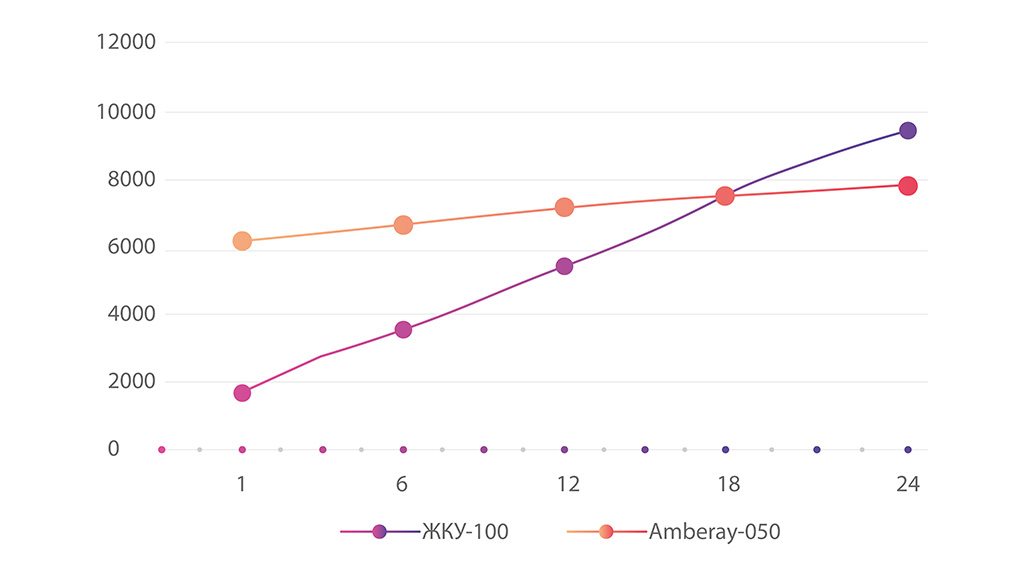
Conclusion: the LED luminaire becomes more cost-effective even after 1.5 years of operation. Considering its additional advantages (reliability and minimal luminous flux depreciation over a long period), there is currently no viable alternative to using LED lighting.
Myth 3: LED luminaires can last forever
Fact: LED luminaires, of course, have a significantly longer lifespan than traditional lamps. However, over time they will still dim, but at a much slower rate.
Like all light sources, LED luminaires gradually dim over time. Factors contributing to luminous flux depreciation include the driving current and the heat generated within the device itself.
Lumen maintenance describes how long a luminaire retains a certain percentage of its initial light output. White light sources used for general lighting are generally considered to have reached the end of their life when their luminous output drops below 70% of the initial value. With continuous use of 8 hours per day, a well-designed LED luminaire can operate for over 17 years which is much longer than incandescent sources, (some of which last only a few months).
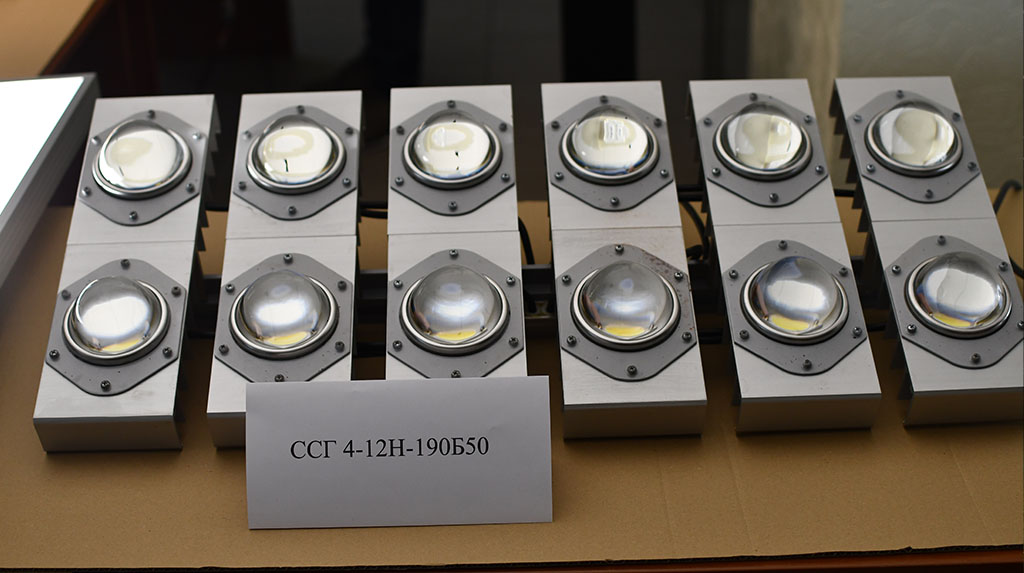
Myth 4: LED luminaires do not emit heat
Fact: LED luminaires do not emit radiant heat, but they need to dissipate conductive heat to achieve a long service life.
LED luminaires do not emit radiant heat in the direction of light distribution due to the built-in heat sink design, which provides a pathway for dissipating heat from the LED sources into the surrounding environment. As a result, the heat emission of LED luminaires is lower than that of luminaires with halogen lamps, contributing to cooler ambient conditions. With the advancement of technology, LED luminaires will become even more efficient in terms of luminous output per unit of energy and will emit very little heat in the future.
Myth 5: LED luminaires contain a higher proportion of blue light, which is potentially harmful
Fact: LED luminaires are safe for users when used as intended, according to the European lighting industry assessment report presented by ELC & CELMA.
It is claimed that LED-based light sources differ from traditional lamps because they contain more blue light at certain wavelengths, which is harmful to humans. According to the European lighting industry assessment report presented by ELC & CELMA, in terms of photobiological safety, LEDs are no different from traditional incandescent and fluorescent lamps. The proportion of blue light in LEDs does not differ from that in conventional lamps.
Why are industrial enterprises switching to LED lighting?
- Energy efficiency: LED luminaires are significantly more efficient than incandescent lamps, as they convert most of the energy into light rather than heat.
- Reliability: True flickering indicates a malfunction, not a characteristic of LEDs.
- Safety: Choose certified RadiyLED luminaires free of harmful additives and with an optimal light spectrum.
- Eco-friendly disposal: Do not throw LED lamps into regular trash; but recycle them.
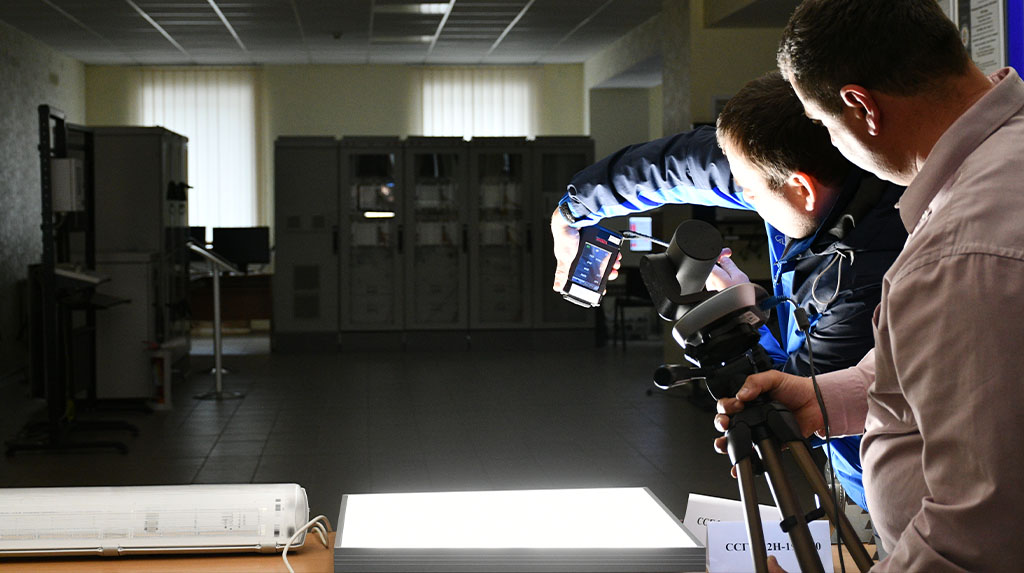
LED luminaires are a comprehensive, energy-efficient, and environmentally safe lighting solution. They do not emit harmful UV radiation, contain no toxic substances, and when used properly provide comfort without health risks. The only factors to keep in mind are the manufacturer’s quality and proper disposal. Therefore, LED lamps and the myths surrounding them have no basis, while the advantages of this lighting technology make it an optimal choice for both home and business.
LED luminaires are not just a trend, but a smart choice for those who value comfort, savings, and safety. By dispelling the myths, we gain reliable lighting that takes care of both our well-being and the environment.

